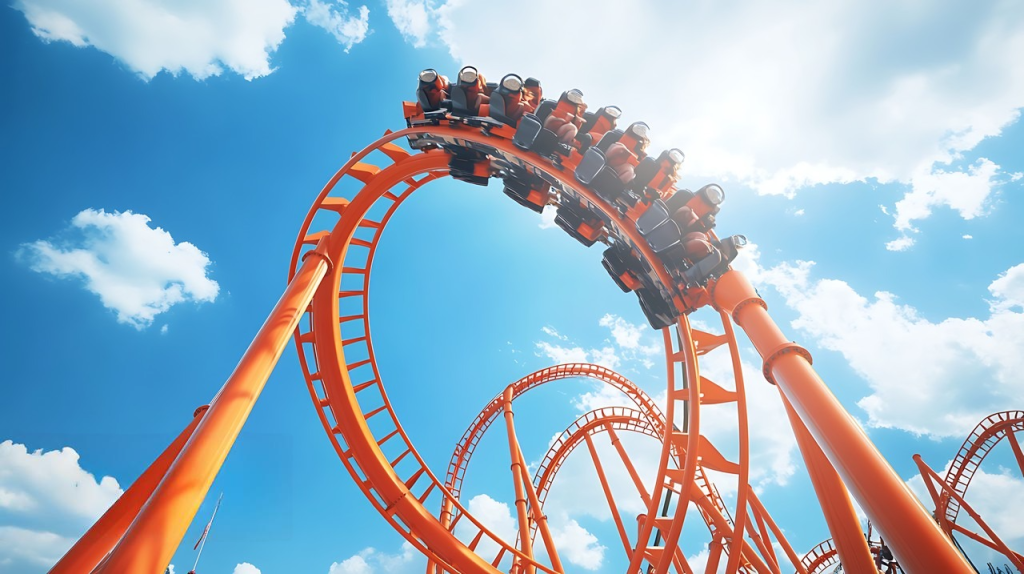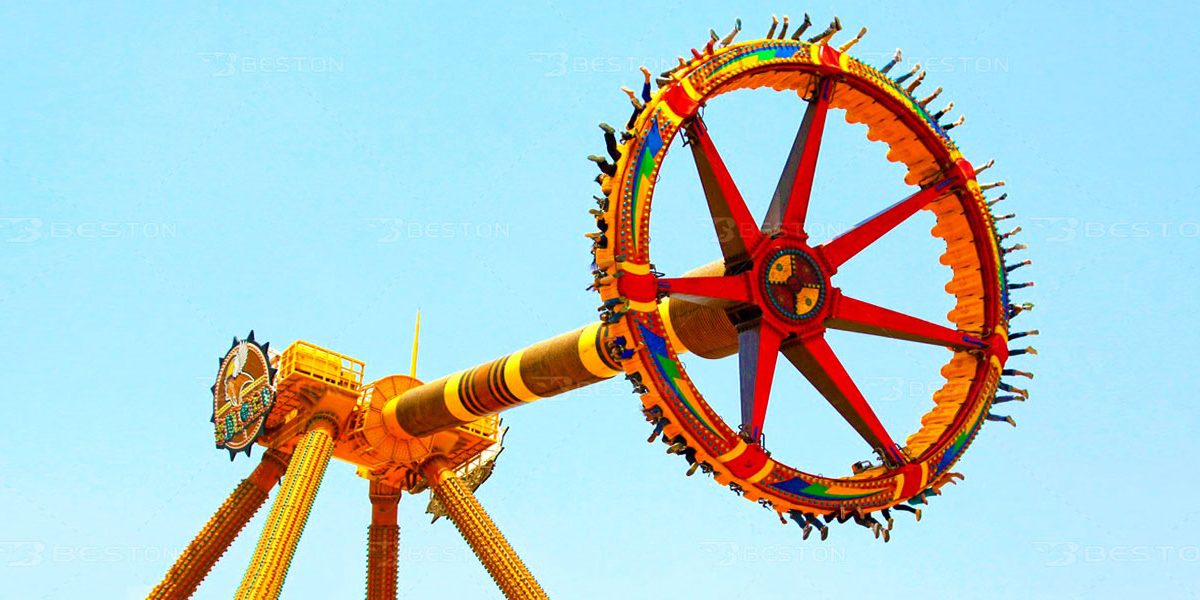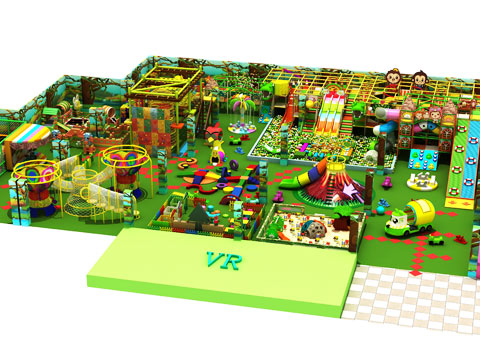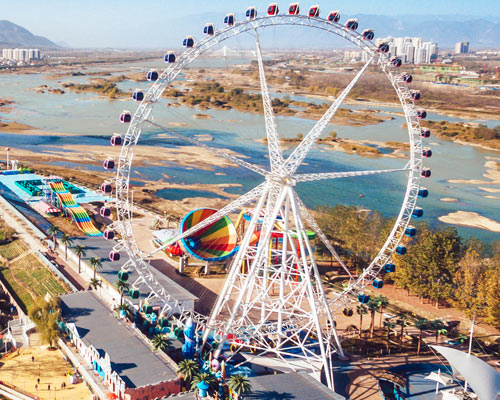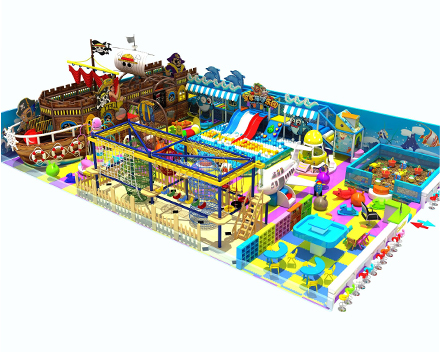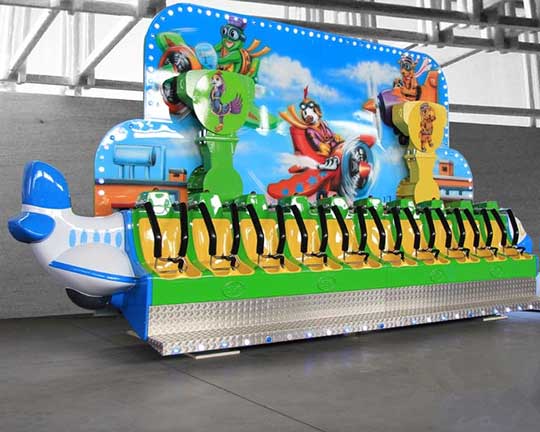When browsing online for amusement rides, it’s easy to get lost in a sea of options. Roller coasters come in all shapes and sizes—from kiddie coasters to intense thrill machines—but choosing the right one for your venue is more than just clicking “add to cart.” Beyond pricing and product images, you need a deep understanding of how to evaluate the roller coaster’s features, suitability, and impact.
This article will guide you through the specific considerations and performance factors that indicate you’ve found the ideal roller coaster ride (аттракцион американские горки) for your park or carnival.
Understanding the Ride’s Thrill Factor and Visitor Appeal
Roller coasters are crowd magnets, but not all deliver the same level of excitement. When evaluating options, ask yourself: Does this ride offer a unique experience compared to what’s already available in your park or region?
High drops, inversions, unexpected turns, and visual theming can greatly enhance the thrill level. The goal is to choose a ride that appeals to your target demographic. For example:
- Family parks may benefit from gentler coasters with moderate speed and colorful theming.
- Thrill parks will want high-velocity coasters that challenge riders with loops, airtime hills, and sharp twists.
Before committing, compare ride videos, technical diagrams, and customer feedback. A ride that consistently draws large crowds in other parks is more likely to succeed at yours.
Evaluating Capacity, Efficiency, and Operational Flow
Finding the right roller coaster also involves understanding how it integrates into your operational model. A beautiful thrill ride (аттракцион экстрим) that holds only 8 passengers per cycle may lead to long wait times and unhappy visitors.
Key metrics to examine include:
- Hourly capacity: How many people can ride in one hour?
- Load and unload times: Is the station design efficient?
- Ride cycle length: Shorter cycles mean quicker turnover.
A ride that looks great but bottlenecks visitor flow may do more harm than good. Always balance excitement with efficiency.
Analyzing Space Constraints and Structural Requirements
Your available space will significantly affect which roller coasters are viable. A towering steel coaster may be impressive but impossible to install if you don’t have the clearance or land stability.
Use the manufacturer’s CAD layout or 3D model to test fit the ride into your site. Be mindful of:
- Height limits in indoor venues or urban locations.
- Noise ordinances if your park is near residential areas.
- Foundation requirements, especially for heavy steel coasters.
If space is limited, consider more compact attractions like a self-control plane ride (аттракцион полет) or family-friendly loop rides that fit tighter footprints while still providing dynamic motion.
Reviewing Safety Certifications and Compliance Standards
No ride is worth the risk if it doesn’t meet global safety benchmarks. The right roller coaster will have verifiable certification and testing documentation that complies with local and international amusement ride standards, such as:
- EN 13814 (Europe)
- ASTM F24 (United States)
- GB 8408 (China)
Always request documentation and inquire about the testing process. A reputable supplier will offer transparency and even provide on-site support during setup and inspection.
Power Supply, Maintenance, and Long-Term Support
Beyond installation, think long-term. Is your team equipped to maintain and service the ride? Does the manufacturer offer spare parts and training?
Roller coasters require regular inspections, lubrication, and component replacements. Choosing a model that is compatible with your local technician capabilities or supported by strong after-sales service is essential.
Consider:
- Power consumption and voltage compatibility.
- Control systems—are they user-friendly or complex?
- Availability of technical manuals and diagnostic tools.
Comparing to Other Iconic Attractions in Your Lineup
When selecting a roller coaster, analyze how it fits into your existing ride mix. If your park already has fast-paced attractions like a pendulum ride (аттракцион маятник), you may want to diversify with a more visually unique or story-driven coaster.
For instance, pairing a looping coaster with a themed self-control plane ride can provide both adrenaline and interactivity in a single zone. This not only enhances guest experience but also creates marketing synergy for that area of the park.
Diversifying ride types reduces guest fatigue and encourages longer stays, higher ticket sales, and better reviews.
Confirming Logistics and Installation Readiness
Lastly, make sure that your park is fully prepared for the arrival and installation of the ride. Important factors include:
- Lead time: Some rides take months to manufacture.
- Shipping and customs (especially with international orders).
- Installation timeline and labor requirements.
Ask the supplier to provide a clear delivery and installation roadmap. Ensure your site team is ready to receive, assemble, and test the ride well in advance of your desired launch date.
Conclusion: Trust the Data, Feel the Excitement
Choosing the right roller coaster is about more than style—it’s about alignment with your goals, audience, and infrastructure. From technical specs to thrill levels, each decision point helps you determine if a coaster is the right fit.
Don’t just follow trends—analyze your needs, assess your site, and consider how this ride complements your existing attractions. Whether it’s the highlight of a thrill zone or a support piece in a broader layout with rides like the self-control plane ride and pendulum ride, a well-chosen roller coaster can transform your park’s identity and performance.
With careful planning and clear evaluation, you’ll not only find the right roller coaster—you’ll find one that becomes the crown jewel of your amusement destination.

